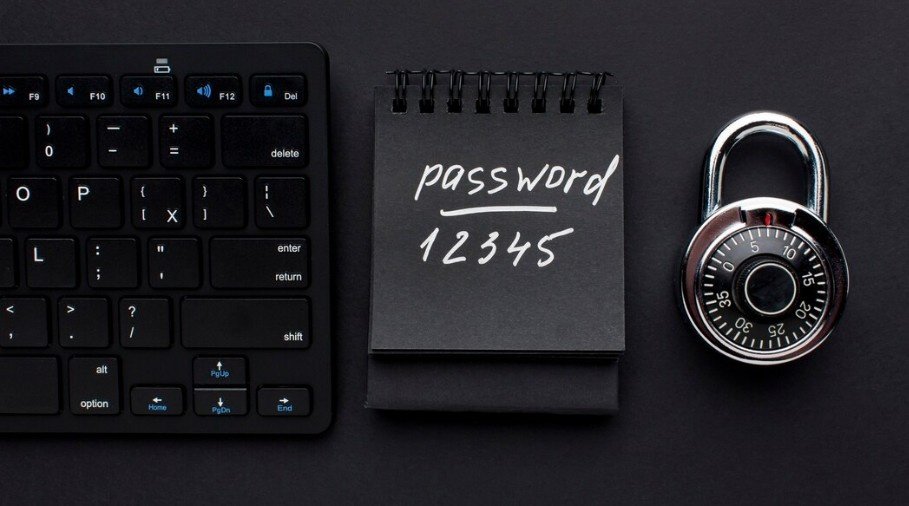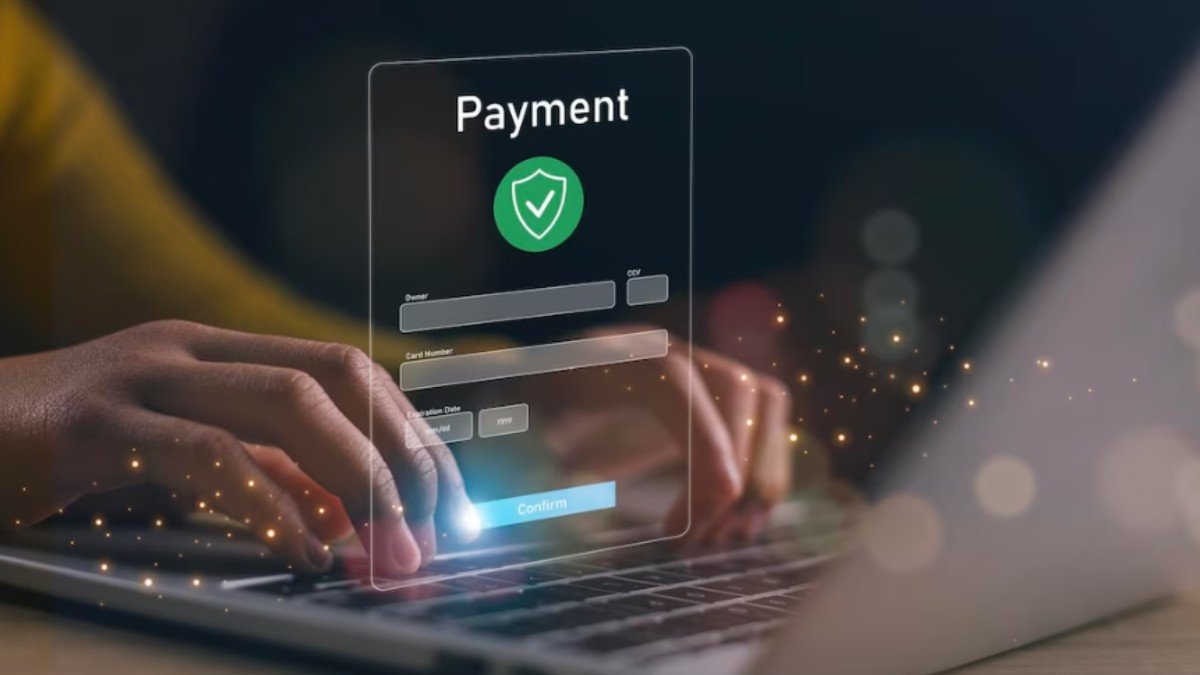In an increasingly digital world, more of our transactions take place online, where secure payment methods are crucial. Whether you’re shopping online, paying a bill, or conducting business remotely, you’ve probably encountered a “secure payment link” at some point. But what does a secure payment link actually mean, and is it safe to use? As convenient as they may seem, secure payment links also raise questions about privacy, security, and trustworthiness.
Understanding the mechanisms behind secure payment links, how they protect your financial data, and the red flags to watch out for can empower you to make informed decisions. Let’s delve into the details of secure payment links, exploring what they are, how they work, and whether they’re safe for you to trust with your personal information.
What Is a Secure Payment Link?
A secure payment link is a unique link created by a merchant or a service provider to facilitate a one-time or recurring transaction. This link directs customers to a secure, hosted webpage where they can enter their payment information and complete a transaction.
Used by businesses of all types, secure payment links make it easy for customers to pay for products, services, or subscriptions online without needing to visit the merchant’s website directly or provide payment information over the phone.
How Does a Secure Payment Link Work?
When a customer receives a secure payment link, they typically click on the link, which takes them to a dedicated payment page managed by a trusted payment processor. Here’s a step-by-step breakdown:
- Link Generation: The merchant or service provider creates a unique payment link, often through a third-party payment gateway (e.g., Stripe, Square, PayPal). This link includes encoded data about the transaction, such as the amount and merchant account details.
- Customer Authentication: When the customer or receiver clicks the URL, they are redirected to a secure payment page where they can review the payment details.
- Data Encryption: Once the user enters their payment details, like credit card or bank account details, the data is fully encrypted. This encryption process is essential for safeguarding sensitive information against unauthorized access.
- Transaction Completion: After entering their payment details, the customer submits the form. The payment gateway processes the transaction, and a confirmation is typically sent to both the customer and the merchant.
Secure payment links can be sent via email, SMS, social media, or embedded in a webpage. They’re widely used by e-commerce sites, service-based businesses, and even non-profits for donations.

Why Are Secure Payment Links Becoming So Popular?
Secure payment links have surged in popularity due to their convenience and flexibility. Here are several reasons why businesses and consumers favor this payment method:
1. Convenience for Customers
Payment links simplify the checkout process by eliminating the need for customers to navigate a website or download an app. They provide a quick and efficient way to complete a transaction with minimal effort.
2. Remote Payments for Businesses
For businesses without a traditional storefront or e-commerce site, secure payment links provide an easy way to accept payments remotely. Freelancers, small business owners, and service providers can simply send a link via email or text, allowing customers to pay instantly.
3. Global Accessibility
Secure payment links are also popular among international customers, as they support multiple payment methods and currencies. This flexibility makes them suitable for businesses looking to expand their reach globally.
4. Ease of Use and Minimal Overhead
For businesses, integrating secure payment links is often more affordable than developing a full-scale payment infrastructure. Payment processors provide the tools to create and manage these links, reducing the overhead associated with custom payment solutions.
Are Secure Payment Links Safe?
The short answer is: yes, but with caution. Secure payment links are generally safe when they come from trusted sources and follow industry-standard security protocols. However, like any online payment method, they are not entirely immune to fraud. Here’s what makes them secure and the potential risks to be aware of.
1. Encryption Technology
Encryption is the backbone of secure payment links. When a customer enters their payment details, this information is converted into a secure code that only the payment processor can decipher. With encryption, even if the precious data is intercepted, it remains unreadable to unauthorized users.
2. Tokenization
Many payment processors use tokenization, a process that replaces sensitive payment details with unique symbols (tokens) that are useless if intercepted. These tokens are then stored and processed by the payment provider, adding an extra layer of security.
3. Two-Factor Authentication (2FA)
Some payment providers and financial institutions implement two-factor authentication to verify the identity of the payer. By requiring an additional verification step, such as a one-time password (OTP) sent to the customer’s mobile device, 2FA makes it harder for hackers to complete fraudulent transactions.
4. Compliance with Security Standards
Most reputable payment processors comply with the Payment Card Industry Data Security Standard (PCI-DSS), a set of security standards designed to protect card information. Businesses using payment links from PCI-compliant providers can have greater confidence that their customers’ information is being handled securely.

How to Identify a Legitimate Secure Payment Link
Even with great security features, payment URLs can still be used in phishing scams and other fraudulent schemes. Here are key steps to ensure a payment link is legitimate before entering any sensitive information.
1. Check the URL Carefully
A secure payment link should begin with “https://” (the “s” stands for “secure”) and should match the official URL of the payment processor or business you’re dealing with. Be cautious of slight misspellings or unfamiliar domain names, which are common signs of phishing links.
2. Look for Trust Seals
Trusted payment processors often display logos or trust seals, such as “Verified by Visa” or “Mastercard SecureCode,” on their payment pages. These indicators confirm that the payment link is secure and adheres to industry standards.
3. Verify the Source
If you receive a payment link through email or SMS, ensure it’s from a legitimate source. Contact the merchant or service provider directly to confirm that they sent the link. Avoid clicking on unsolicited payment links from unknown senders.
4. Examine the Payment Processor
Familiarize yourself with well-known payment processors like PayPal, Stripe, or Square. Secure payment links from reputable providers tend to be safer because these companies adhere to strict security measures and compliance standards.
5. Check for Customer Support Information
Legitimate payment pages will often include contact information for customer support or the merchant’s contact details. Scammers rarely provide real support channels, so this can be a useful indicator of authenticity.
Secure Payment Links: Pros And Cons
As with any payment method, secure payment links come with their advantages and disadvantages. Here’s a breakdown of both.
Pros:
- Convenience: Fast and straightforward, they save time and effort for both customers and businesses.
- Wide Accessibility: Secure payment links can be used across devices and platforms, making them ideal for remote transactions.
- Lower Overhead Costs: Payment links allow small businesses to accept payments without needing an advanced online store or payment gateway integration.
Cons:
- Potential for Fraud: As a digital payment method, secure payment links can still be subject to phishing attacks.
- Dependence on Trust: Customers need to verify the legitimacy of a link before proceeding, which can be a barrier for some.
- Limited Customization: Payment link pages are often hosted by third-party providers, limiting the branding and customization options available to merchants.

Tips for Using Secure Payment Links Safely
To enhance your security when using secure payment links, follow these best practices:
- Enable Notifications: Activate email or SMS alerts for digital transactions. If an unauthorized transaction occurs, you can take swift action.
- Use Trusted Payment Methods: Stick to reputable payment processors and avoid unknown or unfamiliar services.
- Regularly Monitor Statements: Review your bank and credit card statements frequently to detect any unauthorized activity.
- Secure Your Devices: Use antivirus software and keep your devices updated to prevent malware and phishing attacks that could compromise your information.
Should You Trust Secure Payment Links?
Secure payment links, when used correctly, are generally safe and convenient for online transactions. They offer reliable protection mechanisms like encryption, tokenization, and two-factor authentication, especially when provided by well-established payment processors. However, as with all online payment options, vigilance is necessary.
Being cautious about where you receive payment links from, verifying the source and following secure browsing practices can help you avoid potential risks. In the end, secure payment links can be a trustworthy part of your digital transactions, provided you remain aware and cautious about their usage.
Final Words
Secure payment links are a valuable tool for modern transactions, blending convenience with strong security features. As digital payments become the norm, understanding how secure payment links work and knowing how to recognize a legitimate link is essential. By keeping yourself updated and taking simple precautions, you can confidently make the most of secure payment links, ensuring your transactions are both smooth and secure.

